Background
There were some at our yacht club who seemed surprised; although categorised as a cruiser racer at twenty eight feet an Impala is not usually used for three month cruises from Liverpool across the North Sea to Norway.
To us it was just an extension of two earlier trips on the West coast to the Inner and Outer Hebrides and Irish Coast . On these trips and during racing our Impala ‘Black Magic ‘ had always been impeccably behaved and never gave us any cause for concern despite some difficult conditions..
Preparation
With the Norwegian plan in mind I started preparatory work in the winter of 2010-11 in order to ensure the boat was more convenient for longer trips . So the following changes were made, many of them by looking at the layout on other Impalas
The width of the chart table was reduced by four inches to allow for a wider shelf to be placed behind the chart table to hold a small chart plotter, a VHF and an FM radio a speaker for the FM radio and space for two Imray charts, one coast pilot plus pencils dividers etc. So we had a more comprehensive nav. station
Below the chart table we fitted an additional drop-in compartment to hold the plastic A3 envelopes that held charts not in use at the time and the extra coast pilots .
The next change was to increase the storage in the main saloon from four cave lockers to lockers that were approximately four inches deeper (copying the basic layout on Skukusa a neighbouring Impala) and converting four of the lockers from cave lockers to lockers with drop down doors to increase storeage/ access. The hinged quarter births were change so that they closed upward thus increasing access to the lockers and providing a large amount of storeage behind the hinged section of the quarter berth, here we placed plastic boxes for food and other sundry items.
Next to the basic equipment already on board we added a Standard Horizon radio with integrated AIS system, chosen as it did not need an additional aerial, then we added lazy jack following a design found on the web, these stays could be collapsed away from sails when not in use .
Both these additions were chosen as they did not get in the way when racing.
The Leaving of Liverpool
Leaving on May 26th the start of any trip from Liverpool means a choice between seventy miles to the Isle of Man or one hundred miles plus to Port Patrick Scotland, in this case we ended up at Douglas Isle of Man. Following a short break we continued up the west coast of Scotland to arrive eventually at Fort William.
Caledonian Canal and the oil pipes
The next section of our proposed route used the Caledonian Canal to Inverness, however before leaving Fort William we found a leak in one of the oil pipes on the Yanmar. After a fraught Friday afternoon searching the web with the aid of friends in Fort William I located the parts we needed at a supplier in Southampton who could deliver them next day. The engine was running OK so we decided to continue with oil leak to Inverness. At Inverness we had agreed with Caley Marine that we could have the parts posted directly to them and they would fit them when we arrived, we arrived late on Monday and the parts were fitted next morning and we were on our way .
The North Sea
The chosen crossing Whitehills to Skudeneshavn at 240 nautical miles is not the shortest but it put us on the Norwegiain coast at an easily identifiable landfall, useful in the event of problems. Our crossing was straightforward with conditions varying between calm and 15 knots of wind. The crossing took two and a half days, with the two of us taking turns ‘on watch ‘ and sleeping during the day or short night whenever we could. The crossing was generally straightforward punctuated by the lights or shapes of oil rigs, dependant on time of day. The rigs provide welcome landmarks and of course add to safety as in case of emergency they can relay distress calls to extend the thirty mile range of normal; VHF sets. The crossing was without incident apart from the Soviet Seismic cable laying vessel which advised us we were obliged to divert to give the cable layer the required two mile clearance.
The Norwegian Coast
The crossing of the North Sea completed on a milky almost windless morning and we found Skudeneshavn. The entrance to the harbour was easy to identify but looked rather like a flooded main street with houses and street lights right down the water’s edge on both sides of us as we entered. Following the street, with boats parked outside each house rather that a car , and avoiding the street with the low bridge we rounded into the town square to find visitor berths built round a small island with everything you need including the usual loos and laundry as well as the supermarket and chandlery are all within one hundred metres. To this was added picnic tables so that boat crews could get together and socialise and a webcam so your friends and family can look at what you are doing (my family in the U.K. and Australia looked in.).
This made a great start to our Norwegian experience and was followed by sailing the astounding and dramatic scenery of the fjords, islands and straits, or leads, for which the Norwegian coast is famous . The whole coast was superb the highlights might be the precipitous Lysfjord where we could literally touch the rock walls that soared up for a thousand metres with our depth registering at eighty metres. Mooring at Sundal with the Bondhusbreen glacier dropping off the Folcefonna ice field above .. Sunshine in Hardangerfjord with the snowy summits of the Hardangervidda in the distance . And finally the twenty miles of narrows connecting channels of the Alversund and the Fonnestraumen ending in a one hundred metre wide exiting to the North before continuing to the barren rocky islands south of the entrance to Sognefjord which at 123 nautical miles is the longest in Norway
Return to Shetland
Our second crossing of the north Sea was shorter at 174 miles and so should take a mere thirty hours of sailing . The short term forecast was good but the long term was poor and so we hurried to get under way and beat the weather. The crossing started in sunshine and continued with good conditions as the wind increased to a friendly fifteen knots for the first fifteen hours . Then things changed, whilst the wind was still moderate the sea broke up into a confused chaos of waves that seemed to come from every direction at once filling the cockpit a couple of times and requiring constant and tiring vigilance to guide the boat through and keep it on bearing
The confusion finished at Aith Voe, Shetland a welcoming and sheltered anchorage. Here we dropped anchor before continuing next day to join the ‘Tall Ships’ that had arrived at Lerwick where together with yachtsmen from Sweden , Netherlands France Norway and many other parts we spent a cold and stormy week as gales blew in from the north. The up side was it was socially a superb and memorable experience with lots of parties and free open air concerts .
Return to Liverpool
The return to Liverpool is over three hundred miles and so there was still a long way to go . The highpoints were many and those springing to mind are many. Cape Wrath must be close to the top of the list, rounded with wind against tide and wind gusting up to thirty five knots the excitement of surging forward at over eleven knots in a rough sea was tempered by the feeling of exposure off one of the Scotlands most remote headlands . Once again Black Magic rose to the challenge and brought us safely into the calm shelter of Kinloch Bervie. The remaining journey was not without incident including leaving the narrow rock entrance of Port Patrick in pitch black.
We eventually pulled into Liverpool marina at 12.20 on September 1st three months after leaving and 2067 NM later. Time to get out the racing sails and contact crew for the Early autumn Series
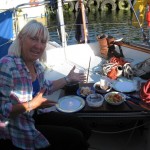
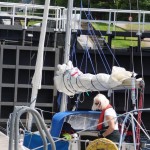
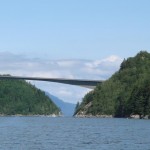
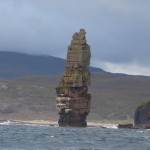
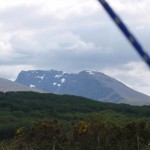
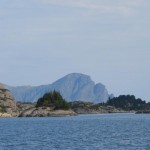
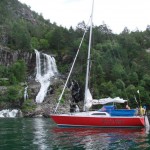
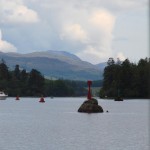
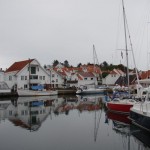
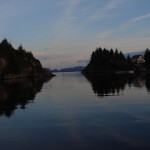
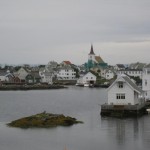
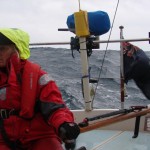
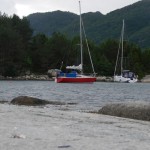
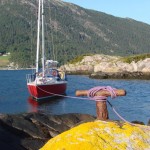
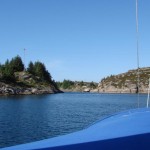
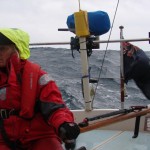
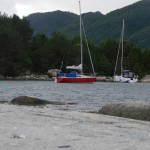
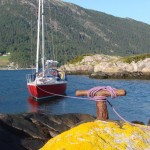
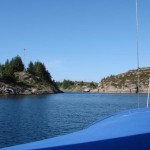
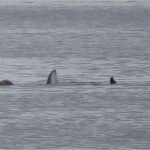
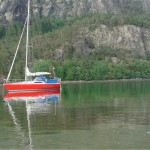
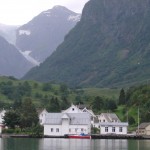
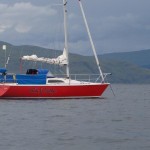
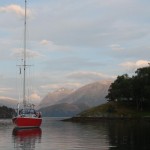
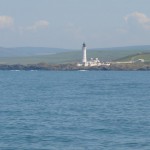
0 Comments